1. Salem, Massachusetts – Witchy Wonders
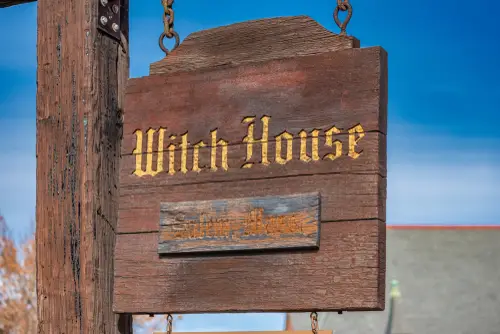
Salem built a spooky legacy on its infamous 1692 witch trials. Instead of shying away from its dark history, the town embraced it wholeheartedly. Today, Salem is home to witch museums, ghost tours, and a lively Halloween scene that draws visitors from across the globe. The story of the trials is both eerie and fascinating, giving the town a unique cultural identity.
Tourism here peaks during October, but Salem’s witchy charm is year-round. Shops sell everything from potion bottles to mystical charms, and the local historical society ensures the story of the trials remains educational. People come to learn, to celebrate Halloween early, or just to soak in the atmosphere. It’s a perfect example of a town leveraging history—strange or otherwise—to thrive.
2. Roswell, New Mexico – Alien Enthusiasm
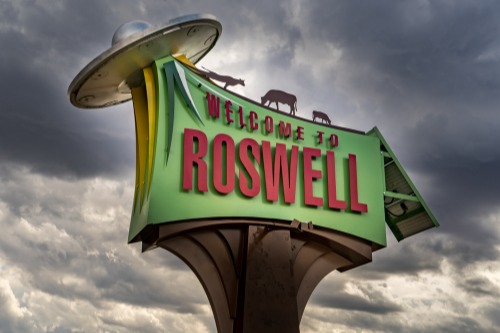
Roswell is probably the first town that pops into your head when you think of UFOs. The 1947 “Roswell Incident” put this desert town on the map, and locals fully embraced it. From alien-themed diners to the International UFO Museum, the city leans into its extraterrestrial reputation. Tourists flock here hoping to catch a glimpse of something out of this world.
The alien angle isn’t just for fun; it’s a serious economic driver. Every year, thousands attend UFO festivals, and local businesses thrive on extraterrestrial branding. You can buy alien-shaped souvenirs or even stay in alien-themed hotels. It’s a quirky example of a town turning a strange event into a long-lasting legacy.
3. Punxsutawney, Pennsylvania – Groundhog Glory
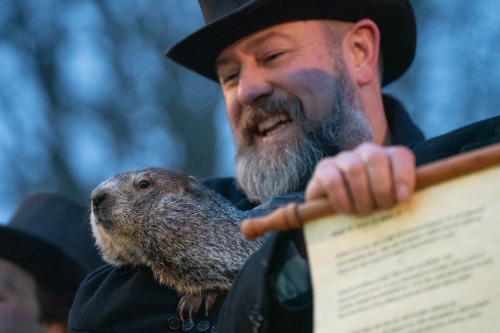
Punxsutawney owes its fame to a furry little weather forecaster: Punxsutawney Phil. Every February 2, thousands gather to see whether Phil predicts an early spring or six more weeks of winter. The annual Groundhog Day event has become a cultural phenomenon, especially after the 1993 movie starring Bill Murray. Locals and visitors alike embrace the quirky tradition with enthusiasm.
The town’s economy benefits immensely from Phil’s fame. Hotels, restaurants, and souvenir shops see a surge every Groundhog Day. The event has put Punxsutawney on the map far beyond Pennsylvania. It’s an example of how a single odd tradition can define a town’s identity for generations.
4. Roslyn, Washington – Mining and Moonlight
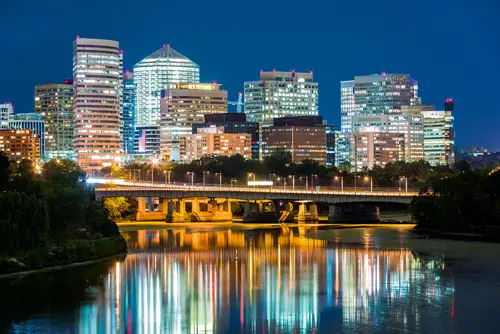
Roslyn started as a coal mining town, but it found a second life thanks to the television series Northern Exposure. The quirky show drew attention to the town’s charming, historic streets and small-town personality. Today, visitors can tour old mining sites or attend film-inspired events. It’s a town that capitalized on both its industrial past and pop culture fame.
The television legacy transformed the economy without erasing history. Cafes and shops often celebrate the show while preserving the town’s mining roots. Tourists come to step into a piece of TV history while enjoying a real-life small town. Roslyn proves that sometimes, your claim to fame comes from unexpected places.
5. Cooperstown, New York – Baseball Central
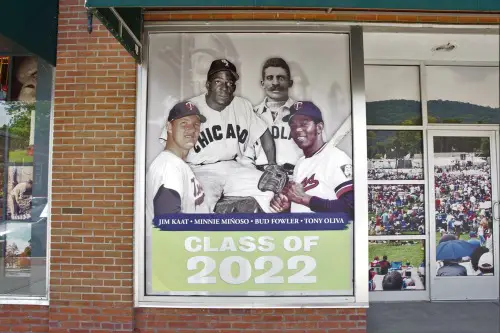
Cooperstown’s claim to fame is straightforward: baseball. The National Baseball Hall of Fame and Museum sits in this small town, drawing fans from across the country. Founded in 1939, the museum celebrates baseball legends and educates visitors on the sport’s history. Even those who aren’t die-hard fans find the town charming and historically rich.
Cooperstown leveraged a single sport into a tourist powerhouse. Local businesses thrive on memorabilia, themed tours, and annual baseball events. The town’s streets, lined with shops and museums, feel like a shrine to the sport. It’s a perfect example of a small town building a legacy around a singular cultural phenomenon.
6. Carmel-by-the-Sea, California – Fairy Tale Flair
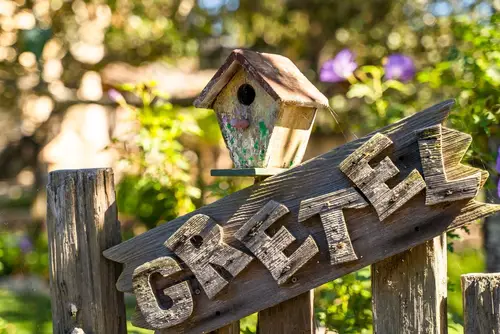
Carmel’s quirky identity comes from its fairy tale architecture. In the 1920s, architects and artists built whimsical cottages with turrets, curved doors, and storybook charm. Today, the town is a mecca for those seeking art, beaches, and a dash of fantasy. Walking through its streets feels like stepping into a living storybook.
The town’s uniqueness attracts both tourists and creative types. Art galleries, boutiques, and theaters lean into this playful, whimsical identity. Carmel’s fairy tale aesthetic is a brand in itself. It shows how a single creative idea can shape the culture and economy of a town for decades.
7. Leavenworth, Washington – Bavarian Village
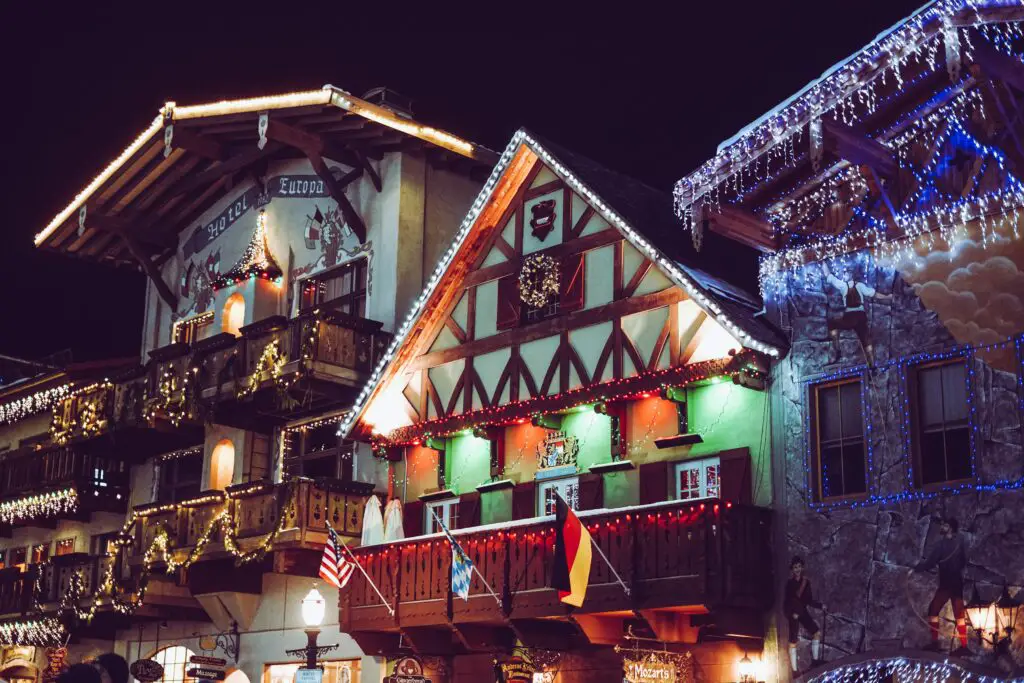
Leavenworth reinvented itself as a Bavarian-style village in the 1960s. After its logging economy collapsed, the town adopted an Alpine aesthetic to attract tourism. Today, festivals, beer gardens, and European-style architecture bring visitors from all over. Walking the streets feels like you’ve stepped straight into the Alps, without leaving the U.S.
The town thrives on its themed events like Oktoberfest and Christmas Lighting Festival. Hotels and shops decorate accordingly, making every visit immersive. It’s a clever way to preserve community while creating an identity around a single theme. Leavenworth shows how reinvention can lead to a lasting, profitable legacy.
8. Roswell, Georgia – Home of the Big Red Apple
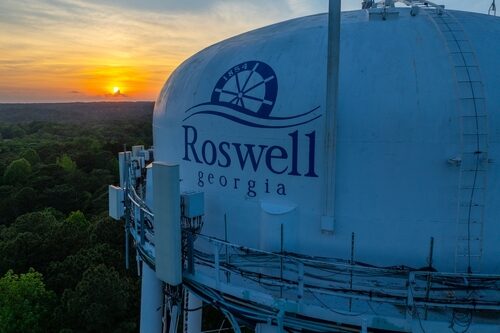
Roswell, Georgia may not be as famous as New Mexico, but it has a quirky twist: the Big Red Apple. This massive fruit sculpture celebrates the town’s agricultural heritage, particularly its orchards. Locals and tourists alike take photos, turning the giant apple into a cultural icon.
It’s more than a piece of public art—it’s a symbol of community pride. Festivals, markets, and local shops lean into the apple theme, celebrating the town’s history. Roswell proves that even small, unusual landmarks can become central to a town’s identity. It’s simple, but memorable.
9. Talladega, Alabama – Racing Roots
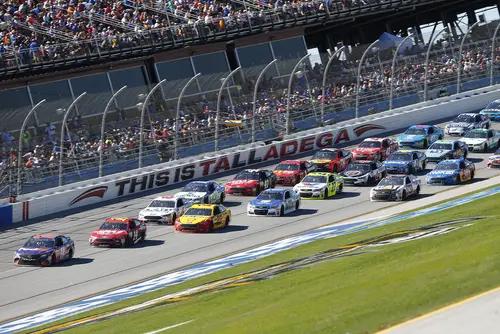
Talladega is synonymous with speed, thanks to the Talladega Superspeedway. NASCAR fans flock here every year to witness heart-stopping races and legendary moments. The track’s construction in the 1960s transformed the town into a racing destination. Residents embrace the adrenaline-fueled reputation.
Beyond race day, the town has built a culture around motorsports. Local restaurants, hotels, and attractions cater to racing enthusiasts. The Superspeedway put a small Alabama town firmly on the map. Talladega proves that one bold idea—speed—can define a whole community.
10. Wall, South Dakota – Home of Wall Drug
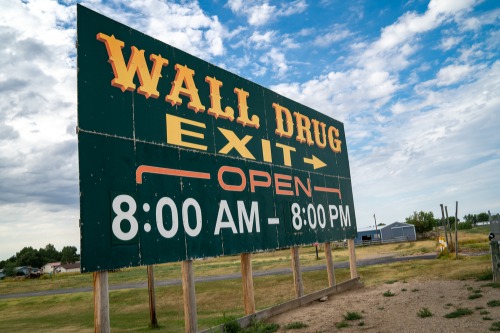
Wall Drug made a name for itself with one unusual strategy: free ice water. Travelers in the 1930s were drawn off the highway for relief from the desert sun. The gimmick worked, and Wall Drug grew into a sprawling roadside attraction. Today, it’s a quirky symbol of Midwestern ingenuity and marketing flair.
The town’s economy still revolves around this singular idea. Visitors explore shops, see massive signs, and take photos with oversized statues. Wall Drug is more than a store—it’s a destination built on a simple, weirdly genius idea. It shows how creativity can turn a town into a household name.
11. Metropolis, Illinois – Home of Superman
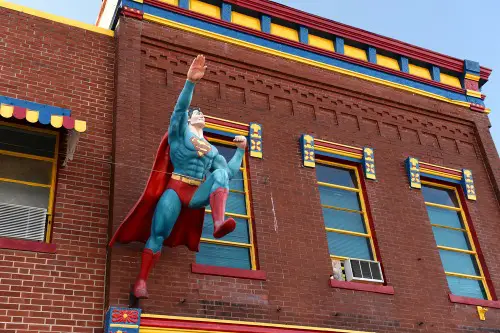
Metropolis embraced the identity of Superman, even though the comic is fictional. The town declared itself Superman’s “hometown” and built a giant statue and museum in his honor. Festivals, parades, and souvenirs celebrate the Man of Steel. Visitors love snapping photos with the towering superhero.
The superhero branding brought a small town global recognition. Local shops sell comics, costumes, and themed memorabilia. It’s a brilliant example of a town taking a pop culture icon and making it their own. Metropolis thrives on this imaginative association.
12. Bristol, Tennessee – Birthplace of Country Music
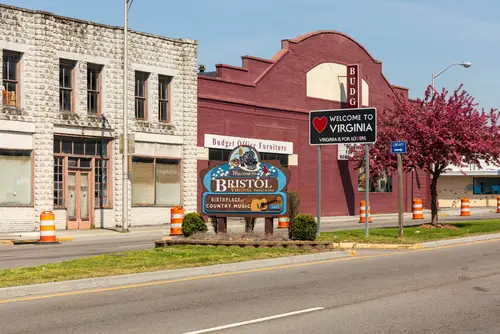
Bristol claims fame as the “Birthplace of Country Music” due to early 1920s recordings. The Bristol Sessions captured legendary artists and shaped the genre forever. Today, a museum and music festivals celebrate this musical heritage. Visitors get a sense of history alongside live performances and cultural events.
Music remains the town’s identity and economic driver. Shops, theaters, and festivals all highlight country roots. Bristol proves a historical recording can evolve into a full-fledged tourism brand. One soundwave changed the town forever.
13. Deadwood, South Dakota – Gambling & Outlaws
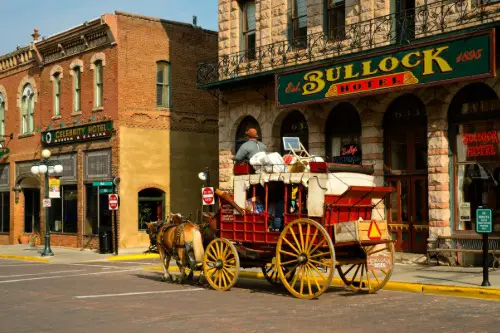
Deadwood leans into its wild west reputation. Legendary outlaws like Wild Bill Hickok and Calamity Jane once roamed here, giving the town instant lore. Today, casinos and historic tours preserve the rowdy, frontier vibe. Visitors are drawn by history, thrill, and a bit of lawlessness.
The town’s economy thrives on entertainment and history. Reenactments, museums, and gaming establishments keep the legend alive. Deadwood shows that embracing a lawless past can be surprisingly lucrative. It’s a legacy built on guns, gold, and grit.
14. Branson, Missouri – Live Show Capital
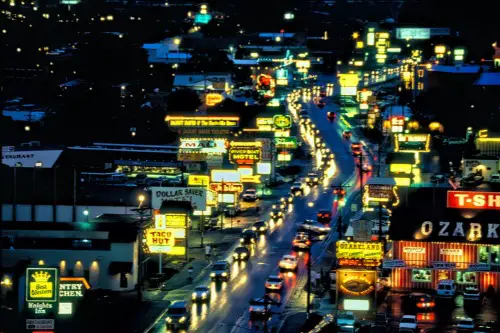
Branson made a name for itself with live entertainment. The town exploded with theaters, music shows, and family-friendly performances in the late 20th century. Visitors come to see everything from country bands to comedy acts. Branson transformed itself into a performing arts hub from a simple idea.
Tourism dominates the economy here, and locals embrace the showbiz identity. Hotels and restaurants cater to audiences, creating an immersive entertainment experience. Branson proves that one cultural niche can become a town’s entire brand. It’s all about the stage lights here.
15. North Pole, Alaska – Santa’s Workshop
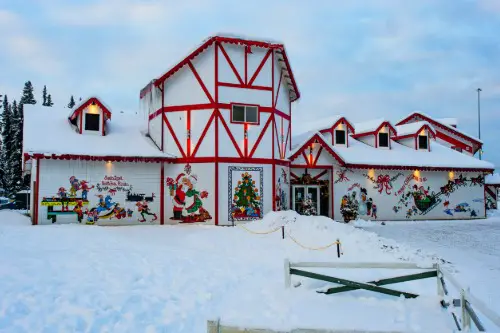
North Pole took its holiday theme seriously, calling itself the “official” home of Santa Claus. Street names, decorations, and attractions all lean into Christmas year-round. Tourists enjoy themed shops and festive events even in the summer months. The town literally built a legacy on one jolly idea.
This playful branding draws visitors from across the globe. Residents embrace the identity, and local businesses benefit from seasonal tourism. North Pole is an example of turning whimsy into economic reality. The Christmas spirit never really sleeps here.
16. Hannibal, Missouri – Mark Twain Magic
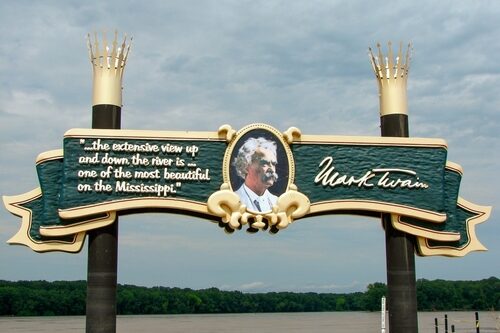
Hannibal is forever linked to Mark Twain, the author of Tom Sawyer and Huckleberry Finn. The town preserved his boyhood home, historic streets, and museums, turning literary history into a tourist attraction. Visitors explore caves, take riverboat rides, and relive scenes from Twain’s novels. The town celebrates imagination and storytelling as core identity.
Hannibal demonstrates how literature can define a place. Local businesses embrace the theme with souvenirs, guided tours, and events. Mark Twain’s legacy provides both cultural and economic value. Hannibal proves one writer’s imagination can shape a town for generations.
This post 16 U.S. Towns That Built Legacies on One Weird Idea was first published on American Charm.


